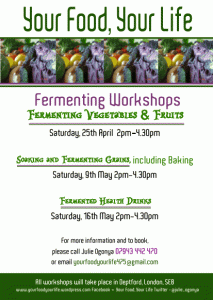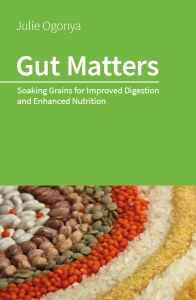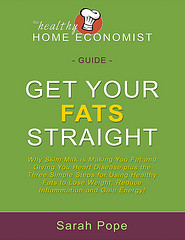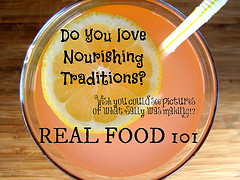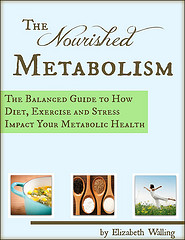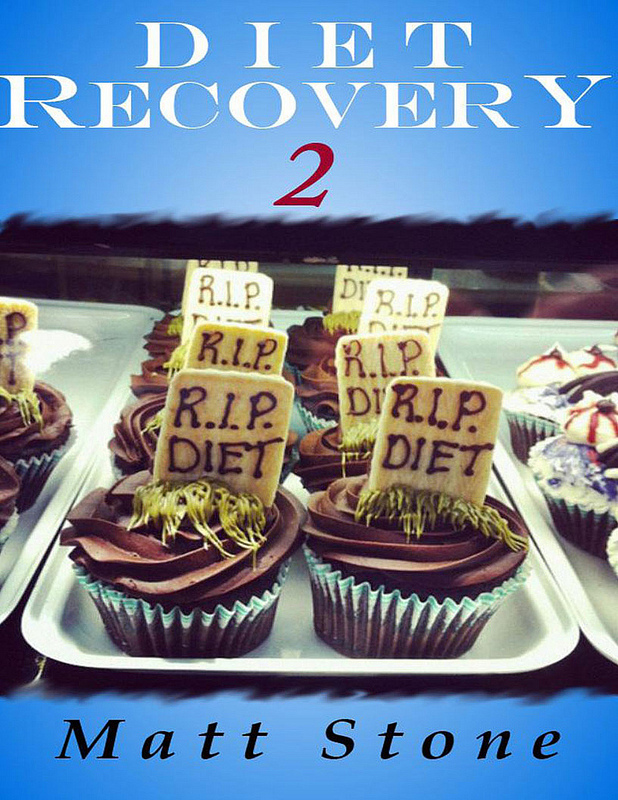
This recipe is my interpretation of Sandor Elix Katz’s Fruit Kimchi, in Wild Fermentation (p 50). I call it Deptford Kimchi because I bought the exotic fruit on Deptford High Street, where there are many shops that reflect the ethnic diversity of the area. The ingredients are a list of possibilities, with a few must-haves: the basis of the recipe is cabbage, and as long as there is some spice it will be kimchi, and including fruit will make it fruit kimchi.
As for quantities, the balance of fruit and veg is about 50:50. This ferment needs to be consumed much faster than all-vegetable ferments – because of the fruit, the sugar begins to turn to alcohol, which is a stage on from what we want. Therefore, I use 1/2 a cabbage and eat it within a week after fermenting. If you have more to share it with, by all means double the quantities.
Here goes:
1/2 white cabbage
1/2 an onion and/or 1/2 a leek – for variety, take some from the top and some from the bottom
1/2 a pepper (optional)
A selection of fruit, for example, mango, papaya, grapefruit, orange, lemon, lime, ugli fruit, dragon fruit, physalis, grapes, pineapple, fresh or dried figs, fresh or dried dates, pomegranite, sharon fruit, you get the idea!
Note – I haven’t tried banana in this recipe but it hasn’t done well in water kefir. And I’m wondering what melon would be like, so will try it and let you know.
A few cloves of garlic and/or a chunk of ginger, sliced or grated and/or 1 chilli, chopped
Other spices such as peppercorns, cumin seeds, coriander seeds, star anise, cinnamon sticks – all optional
Unsalted cashew or other nuts (optional)
2-3 tbsp sea salt
Shred or grate the cabbage in a food processor.
Slice the remaining vegetables.
Chop the fruit – this enables you to have a selection of fruit in a serving, but you might prefer to have wedges or slices of fruit – experiment!
Put the fruit and veg into a large mixing bowl, add the nuts, garlic cloves/ginger/chilli, any other spices you’re using and the salt.
Mix gently, taking care with the fruit.
Transfer to a 1-1.5 litre kilner jar or other fermenting vessel.
Press the kimchi down to eliminate pockets of air, top up with filtered water, ensuring the water is about 2.5 cm/1″ above the level of the fruit and veg.
There are several options for keeping the kimchi beneath the top of the water.
1. Press it down every day.
2. Fill a food-grade plastic bag with water, tie a knot in the top and place on top of the kimchi.
3. As 2. above, but replace the water with clean stones, or a combination of water and stones.
4. If your vessel has a wide enough mouth, insert a plate and hold it down with clean stones.
Leave the kimchi at room temperature for 1 week, I usually place my ferments on a tray initially just in case there is leakage.
Consume within one week – which really isn’t difficult!!!
